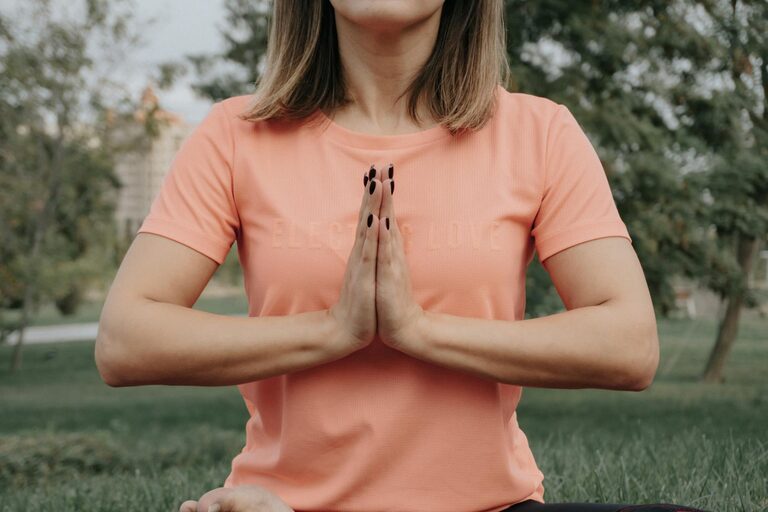Beginner Tips for Mindful Breathing Breaks to Boost Your Day

Taking mindful breathing breaks can be a powerful tool for improving your well-being, especially when life feels busy or overwhelming. If you’re new to mindfulness or mindful breathing, this post will guide you through easy techniques and tips to get started. These simple practices can help you reduce stress, enhance concentration, and bring a calm moment into your daily routine.
What Is Mindful Breathing?
Mindful breathing means paying close attention to your breath — noticing the sensations as you inhale and exhale without trying to change it. It’s about being present in the moment and observing your breath with curiosity and kindness.
Breathing is something we do naturally, but we often take it for granted. Focusing on your breath helps ground you, reduce anxiety, and restore mental clarity.
Why Take Mindful Breathing Breaks?
Regular breathing breaks can:
– Reduce stress: Deep, slow breaths help activate your body’s relaxation response.
– Improve focus: Short moments of calm reset your attention, making it easier to concentrate.
– Enhance mood: Mindful breathing may increase feelings of peace and positivity.
– Boost energy: Refreshing your mind through breath awareness can help you feel more awake and alert.
Even a few minutes can make a noticeable difference.
How to Prepare for Your Breathing Break
Before you start, find a quiet and comfortable spot if possible. You can sit at your desk, curl up on a chair, or even stand. The key is to be comfortable and free from interruptions.
Turn off your phone notifications or put your device on silent to avoid distractions for the short duration of your break.
Beginner-Friendly Mindful Breathing Techniques
1. Simple Deep Breathing
This technique is perfect if you want a quick and calming break.
– Sit comfortably with your back straight.
– Close your eyes gently if you like.
– Inhale slowly through your nose for a count of 4.
– Hold your breath for a count of 2.
– Exhale slowly through your mouth for a count of 6.
– Repeat for 5 to 10 breaths.
Focus your attention on the sensation of air entering and leaving your body. If your mind wanders, gently bring it back to your breath.
2. Box Breathing
Box breathing is a structured way to bring calm and focus.
– Inhale through your nose for 4 seconds.
– Hold your breath for 4 seconds.
– Exhale slowly through your mouth for 4 seconds.
– Hold your breath again for 4 seconds.
– Repeat this cycle 4 to 5 times.
The rhythmic pacing can help regulate your nervous system and ease tension.
3. Counting Breath Technique
Counting can help keep your mind engaged and prevent distraction.
– Sit comfortably and close your eyes.
– Take a natural breath in.
– As you exhale, silently count “one.”
– On the next exhale, count “two.”
– Continue counting with each exhale up to five.
– Then start over at one.
– Aim for 5 cycles or about 2 minutes.
This method is great for beginners who find it difficult to focus without a task.
4. Body Scan with Breath
Combine breath awareness with gentle body mindfulness.
– Sit or lie down comfortably.
– Take a few deep breaths, noticing your chest or belly rising and falling.
– Starting at your feet, mentally scan upward, noticing sensations.
– At each body part, take a slow, gentle breath.
– Continue up to your head.
– Allow any tension to soften as you breathe out.
This practice helps connect breath with body relaxation.
Tips to Make Breathing Breaks a Habit
Set Reminders
Use your phone or calendar app to prompt you to take mindful breathing breaks during your day. Even 2-3 reminders can build a consistent routine.
Start Small
Begin with short sessions (1-2 minutes) and gradually increase as it feels comfortable. Persistence matters more than duration.
Pair with Activities
Try mindful breathing before meetings, during work breaks, or while waiting in line. Pairing it with existing habits can help it stick.
Be Patient and Kind to Yourself
Mindfulness is a skill that develops over time. It’s normal to get distracted or feel awkward initially. Gently bring your attention back without judgment.
When to Use Mindful Breathing Breaks
– Feeling stressed or overwhelmed
– Before or after a challenging task
– When experiencing anxiety or nervousness
– To manage irritability or frustration
– To improve focus and motivation during work
– As part of a morning or evening routine
Apps and Resources for Beginners
If you want guidance or structured sessions, many free and paid apps offer mindful breathing exercises:
– Headspace
– Calm
– Insight Timer
– Buddhify
These apps can provide timers, reminders, and calming soundscapes to support your practice.
Final Thoughts
Mindful breathing breaks are simple yet effective ways to care for your mental and emotional health. By incorporating even brief moments of breath awareness into your day, you can reduce stress, increase calm, and improve your focus. Start small, be consistent, and enjoy the gentle benefits of mindful breathing.
Remember, no special equipment or experience is needed—just your breath and a willingness to pause and be present. Give it a try today!
